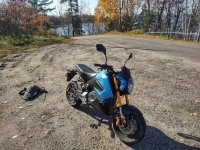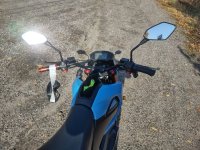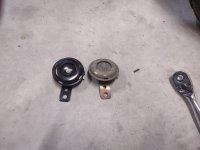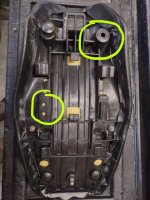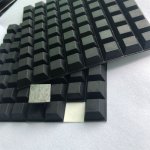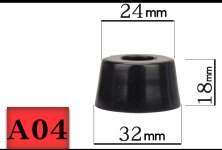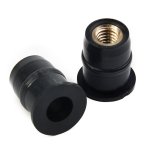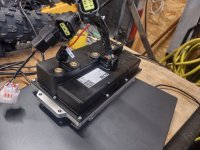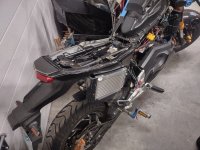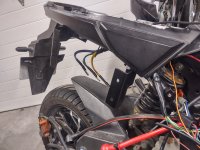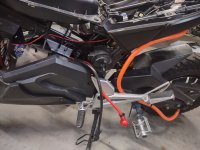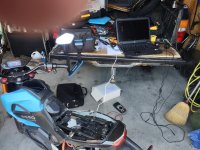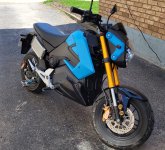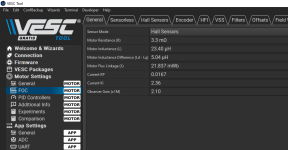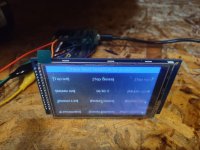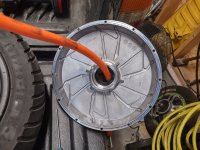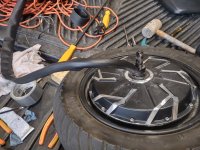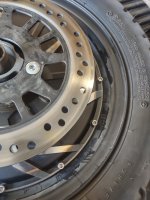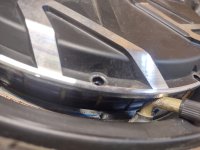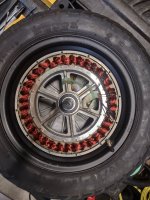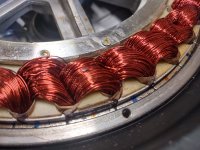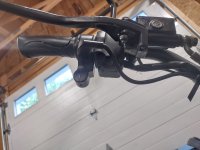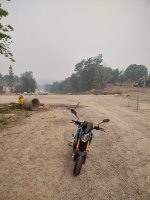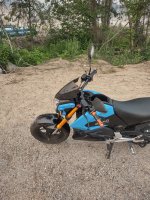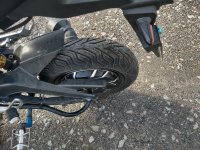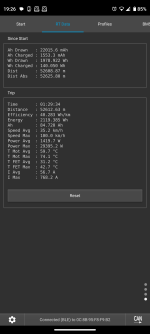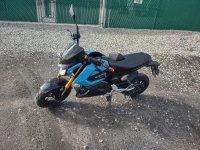I had some more testing while trying to get the Pico to communicate with the VESC / 3shul. There are many connections from the Pico to the display module since it uses a 16 bit parallel interface. I ran from the shop back to the computer at lease a dozen times since I was doing the programming in a different space.
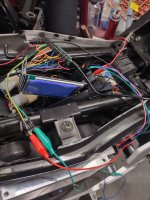
My plan was to fit the screen + cables + Pico inside the original display housing to hide the rats nest of cables etc... Here is what the housing looks like disassembled. Pretty cheap plastic with screws instead of bolts. I wonder how different the Honda assembly would be?


Finally, I got the VESC and Pico talking. That took many hours of code debugging, even though I was using libraries written for the job. There are many sections of code to get working, even getting a larger font included and working took time. It doesn't look bad in the photo but my first test ride with this didn't work too well... the display was nearly impossible to see between the deep scratches on the cover and the reflecting sunlight (photo taken indoors).
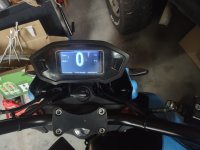
Back to programming I went. After doing some research, it seems that the ideal colour combo on a TFT for sunlight is black text on a white background because the light reflects off of the black more than white. For some reason, the display was now cutting out and just showing a white screen after a few seconds. I probably spent another 6 hours or so troubleshooting that. In the end, it turned out that I needed more ground connections from the display to the Pico; strange that it wasn't doing it with the black background but I supposed the connection got weaker from me plugging and unplugging those small header connections.
You can see it looks better in the photo but sunlight is still a problem, even demonstrated in the second photo from a different angle.

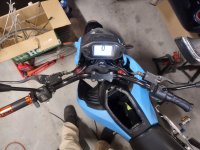
I've got the display working as well as I can get it, at least I can see my speed *some* of the time now. I have a few more tweaks to it that I'll be posting next.

